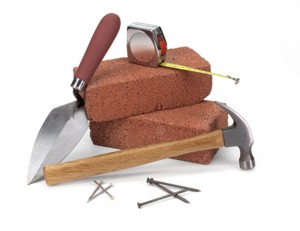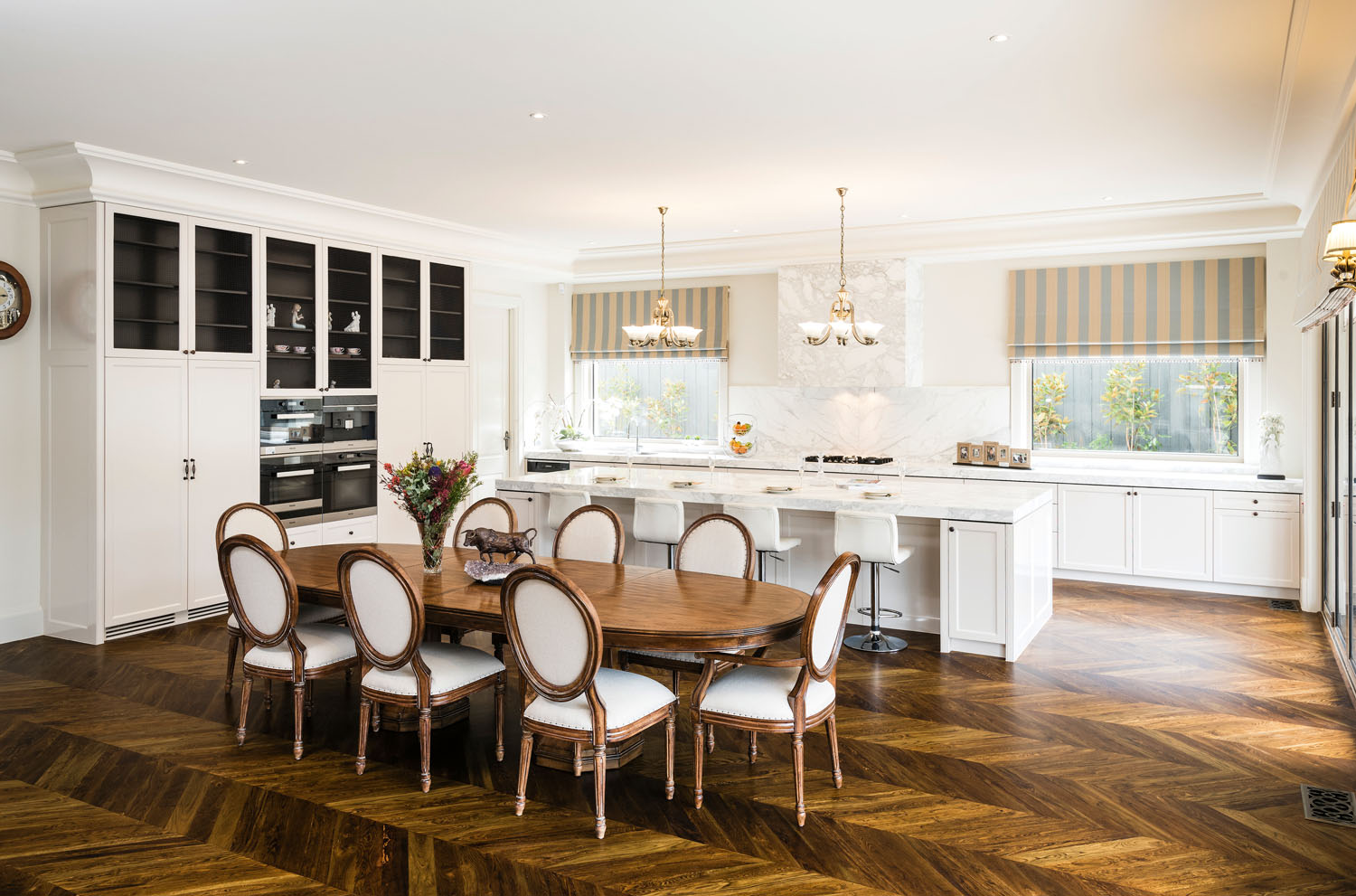
Whether you’re buying, renovating or extending your home, one of the financial priorities to consider is the long-term cost of maintaining your home. With many Australians feeling the financial pressure of huge mortgages and rising interest rates, homeowners are being warned of the risks associated with rendering and painting their homes and the long-term cost involved with maintaining such finishes.
Homeowners should be aware of the implications of choosing smooth, monochromatic and painted finishes for their homes as damage and deterioration is highly visible and difficult and costly to repair. The water shortage also means homeowners are unable to hose down such surfaces to clean them regularly.
Unsightly cracking, chipping and flaking off along expansion joints, as well as mould and water staining, are all risks associated with rendering. Scrapes from cars on corners are invisible on brick walls but obvious on rendered surfaces. Graffiti is also more difficult to remove from rendered surfaces. Repainting is a cost many cash-strapped Australian homeowners may have to forgo.
Tony Watling, managing director of Nawkaw, a company specialising in recolouring and restoring masonry, believes many rendered finishes could prove to be a “maintenance nightmare” for homeowners.
“Shifting soils and foundations and now unusually dry soils cause cracks to appear and these are far more obvious on a flat-painted surface. Brickwork that has shifted, however, can be repaired easily as the crack generally occurs in the mortar joint.”
Many builders and developers are reporting a return to face brick as homeowners wise up to the pitfalls of rendering and are demanding homes that stand out from the prevailing ‘sea of render’ in many Australian suburbs.
Richard Baker, Building Design Manager at AV Jennings, believes he is seeing an increasing interest in face brick as applied finishes are often inconsistent in their finish and also introduce maintenance problems.
According to Baker, “The forms of housing architecture in recent years lent themselves to the monotone nature of render products, however new emerging styles tend to promote ‘truth in material’ as opposed to pretending a material is something it is not.”
Baker also points to a consumer preference for a mixture of composite materials in home design and believes the appealing texture of materials like brick that are composed of many smaller units are enjoying a comeback, particularly as feature walls.
Rendering costs on average $8000 more to install than brick alone and over 30 years, an additional $10,000 in maintenance. Any painted surface requires re-painting every three to five years for regular-quality paint and seven to 10 years for a premium-grade or acrylic paint at a cost of around $7000 for an average home.* The figures double for two-storey homes to around $25,000 and double-storey dwellings now represent the majority of new homes in many states.
New home builders should also consider that rendering can take up to two weeks to complete and involves more tradespersons (renderers and painters), requiring further time and cost for scaffolding.
For further information visit www.thinkbrick.com.au.




